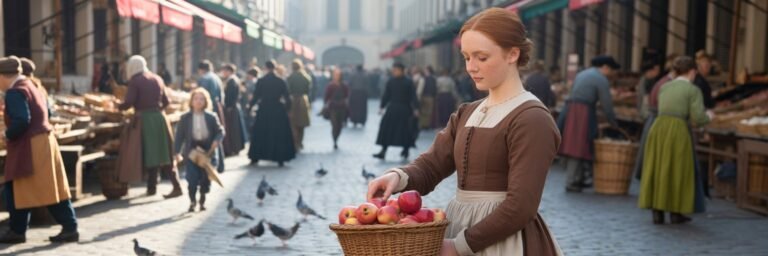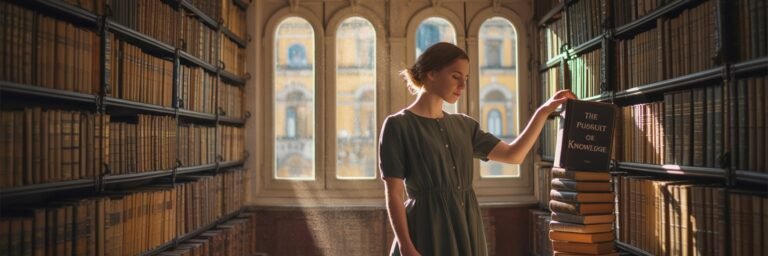INTRODUCTION
The Renaissance, that speaks volumes about the eternal human spirit of inquiry and exploration, officially commenced in the 14th century and lasted until the 17th century. The term ‘Renaissance’ means ‘rebirth;’ and aptly so, as it was indeed, a period when Europe experienced a dramatic resurgence in the realms of arts, science, literature, philosophy, and politics. It is not just an era, but a culturally rich tapestry woven with seminal events, iconic figures, revolutionary ideas, and magnificent works of art that continue to influence the modern world.
HISTORICAL BACKGROUND
The advent of the Renaissance in Europe traces its genesis from Italy. The reasons were manifold, ranging from auspicious geographical location favoring trade and commerce to early doom of the Black Death, causing intense societal and economic disarrays and fostering a conducive milieu for the birth of Renaissance. It gradually permeated into Northern Europe, experiencing a unique cultural transformation.
Plunged deep into the Dark Ages following the fall of the Roman Empire, Europe remained in a state of creative slumber until the 13th century. In the late Middle Ages, Italian city-states such as Florence, Venice, and Milan, buoyed by prosperous trade and banking, started to prosper. The newfound wealth and an overarching focus on secularism over religious orthodoxy laid the cornerstone of the Italian Renaissance.
THEORIES AND INTERPRETATIONS
Historically, interpretations of the Renaissance period have waxed and waned. Swiss historian Jacob Burckhardt in the 19th century underscored Renaissance as distinct from the Middle Ages by underscoring humanism, religious skepticism, and civic participation. However, modern scholars since the 20th century have contested this view.
Historians such as Peter Burke and Wallace K. Ferguson contended the notion of Renaissance as a unique period. They argued for a more seamless transition instead of a sudden break from the Middle Ages. Actions of people such as Martin Luther, Erasmus of Rotterdam, and Sir Thomas More, who were deeply religious but rational, further substantiate this claim. This sharply contrasts with Burckhardt’s assertion of a broad cultural chasm between the Middle Ages and the Renaissance.
MYSTERIES AND CONTROVERSIES
The period of Renaissance is shrouded in myriad controversies and mysteries. One of the most enduring among these is the enigmatic smirk of Mona Lisa painted by Leonardo da Vinci. Often interpreted as a veritable symbol of the renaissance, the actual identity of Mona Lisa evokes intense debate among historians. While some suggest that she was Lisa Gherardini, a Florentine woman, others posit alternative theories, including the belief that the figure may indeed be a feminized self-portrait of Leonardo himself.
Aggravating the intellectual quagmire are the possibilities and controversies surrounding the scientific discoveries of the period. The legitimacy of Copernicus’s heliocentric model, Galileo’s condemnation by the Catholic Church, and the confluence of magic and science all continue to fuel ceaseless debates.
SYMBOLISM AND CULTURAL SIGNIFICANCE
The Renaissance was more than merely a temporal frame; it was a cultural movement imbued with potent symbolism. It marked the end of the feudal system and the dawn of the modern age. It celebrated human potential, wisdom, individualism, and secularism—a sharp break from the religio-centric outlook of the Middle Ages.
The period witnessed the rebirth of classical themes and aesthetics in the arts. Works by artists like Michelangelo, Raphael, and Leonardo Da Vinci were steeped in anatomical precision, balanced composition, and emotional depth, symbolizing the humanist philosophy. The period also signaled the transition from the manuscript to the printed word with the introduction of the Gutenberg press, affecting mass communication and cultural exchange profoundly.
MODERN INVESTIGATIONS
Modern investigations into the Renaissance have proliferated, facilitated by technological advancements. From ultraviolet examinations of Renaissance masterpieces revealing their initially sketched lines to the digital restoration of faded frescoes, technology has allowed us to understand this period more intimately.
At the same time, contemporary historians have also started examining the Renaissance from less Eurocentric viewpoints, thereby allowing a more global perspective. Investigations into the Islamic Golden Age’s influence on the European Renaissance, or exploring Africa’s role, are now growing trends in academia.
LEGACY AND CONCLUSION
The Renaissance’s legacy is all-encompassing, with its influence permeating aspects of modern society. From the democratic governance structures of today stemming from Renaissance humanism to the classical aesthetic principles that define contemporary art, the impact is evident.
Moreover, the convergence of science, religion, and philosophy that catalyzed intellectual progress during the Renaissance continues to echo in the modern world. The period has underscored the potential of critical inquiry, rational thinking, and unfettered imagination—the collective heritage of mankind.
Thus, it is indisputable that the Renaissance propelled humanity into a new era of enlightenment. It provoked a radical transformation in human consciousness, and today, it remains a prodigious beacon of mankind’s intellectual evolution. As the Italian proverb goes, “Quello che si impara nel vaso, si vede nel piatto,” what one learns in the cradle, one sees in the grave, aptly encapsulating the Renaissance’s profound and enduring legacy.


